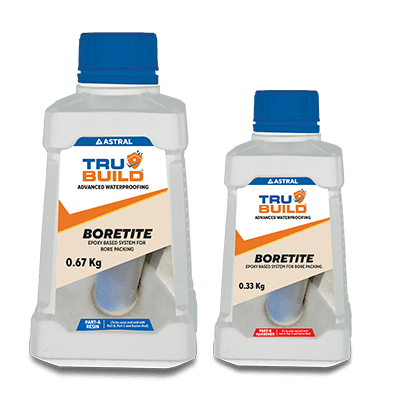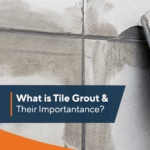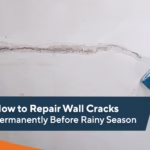Guide to Wall Waterproofing Solutions and Their Types
May 24, 2025
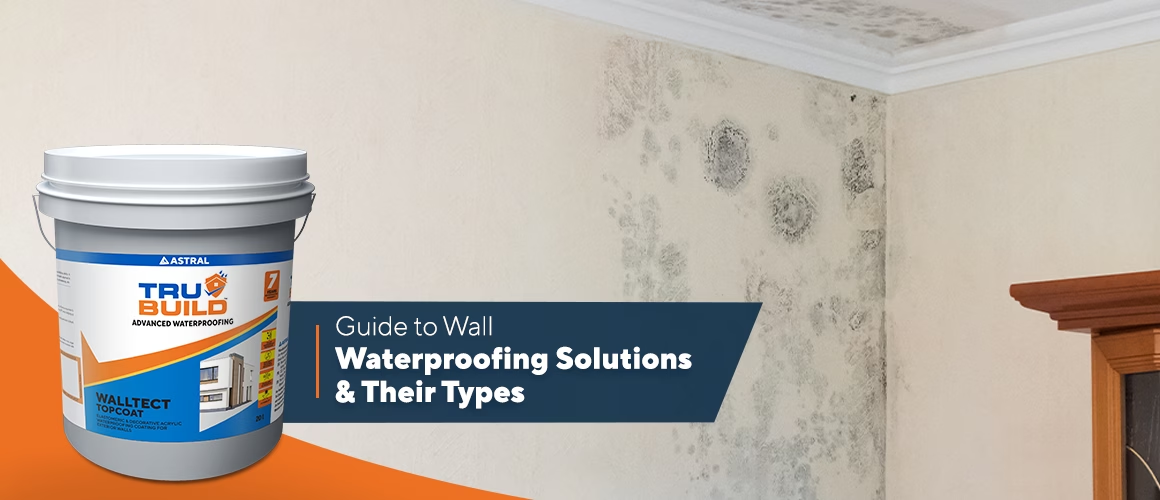
Think about the walls of your home for a second—they set the tone for the entire place. From the moment you step inside, the walls help create a sense of warmth, comfort and security. But when water sneaks in, it affects the appearance of your space and disrupts the atmosphere.
Wall waterproofing is like giving your home the protection it deserves. This simple step keeps your walls looking fresh, dry and strong, ensuring your home stays as welcoming as it was meant to be. Whether you are building new or refreshing the space you love, you will know how to pick the right solution.
This guide will help you protect your walls from water damage and choose the best waterproofing solutions for them.
What Is Wall Waterproofing?
Wall waterproofing involves applying specialised treatments to create a protective barrier that prevents water and moisture from infiltrating your walls. This can be applied to exterior and interior surfaces:
-
Exterior wall waterproofing:
Exterior wall waterproofing shields your walls from rain, humidity and wind, preserving their condition over time.
-
Interior wall waterproofing:
It keeps your indoor spaces safe from dampness, preventing mould and mildew from forming and protecting finishes like paint and plaster.
By using wall waterproofing solutions, you ensure that your home remains dry and structurally sound, no matter what the weather brings.
Advantages of Wall Waterproofing
Wall waterproofing offers protection against water and offers several important benefits for homeowners:
-
Protects Against Water Damage:
Water seepage can result in unsightly damp patches, peeling paint and damaged plaster. A good waterproofing solution keeps your walls in top shape for longer.
-
Prevents Mildew Growth:
Moist environments are a breeding ground for mould and mildew, which can be harmful to your health. Interior wall waterproofing eliminates this risk, ensuring a healthier living environment.
-
Strengthens Structural Integrity:
Constant water penetration can weaken your home’s foundation, leading to cracks and other structural issues. Wall waterproofing solutions reinforce the strength of your property.
-
Cost-Effective:
Although waterproofing may account for a small portion of your construction budget, the cost of water damage repairs is far higher.
Types of Wall Waterproofing Solutions
There are various types of wall waterproofing solutions, each catering to different needs. Here is a closer look at the most popular waterproofing types:
-
Cementitious Waterproofing
This method involves using cement-based coatings, often mixed with acrylic polymers, to form a durable wall waterproofing membrane. This method is ideal for wet areas like bathrooms and kitchens due to its ease of application and resistance to water.
-
Acrylic Waterproofing
Acrylic coatings are flexible, UV-resistant and suitable for both interior and exterior wall waterproofing. Their crack-bridging ability provides enhanced protection against water intrusion.
-
Integral Waterproofing
This approach involves adding special water-resistant additives directly into concrete during construction. Integral waterproofing is commonly used in new builds to prevent cracks and leaks from forming.
-
Liquid Waterproofing Membranes
These membranes are applied as a liquid and cure to create a seamless, flexible barrier. They are highly adaptable, which makes them ideal for both interior and exterior wall waterproofing.
Steps for Wall Waterproofing in New Builds
To properly waterproof a new building, follow these essential steps:
-
Step 1: Surface Preparation
Clean the walls thoroughly to remove dust and debris. A smooth, dry surface is essential for proper adhesion.
-
Step 2: Filling Cracks
Identify and widen any cracks, filling them with an appropriate compound or mortar to create a smooth surface.
-
Step 3: Apply Waterproofing Solution
Apply your chosen waterproofing solution (like acrylic or cementitious coatings) in multiple layers to ensure full coverage.
-
Step 4: Drying
Allow the material to cure completely, following the manufacturer’s drying time instructions for the best results.
Waterproofing Existing Walls
If your home is already built, you can still benefit from wall waterproofing. Here is how you should proceed:
-
Step 1: Inspect and Prepare
Check for any cracks or damage on your walls. Clean the surface thoroughly and fill any gaps for an even finish.
-
Step 2: Priming
Apply a primer to help the waterproofing coating adhere effectively.
-
Step 3: Apply Waterproof Coating
Apply the waterproof material, covering all areas, including corners and edges. Waterproof tape can offer additional protection at the joints.
Why Astral Trubuild is a Stop Solution for Wall Waterproofing?
At Astral Trubuild, we offer a range of wall waterproofing solutions designed to cater to both exterior and interior wall waterproofing needs. Here are some products you should consider for wall waterproofing:
-
Trubuild WPC 666:
An acrylic-based coating that forms a durable, UV-resistant barrier against water and moisture ingress. It stretches up to 250%, allowing it to adapt to structural movements without cracking.
-
Trubuild Walltect Basecoat:
A high-performance, acrylic-based coating that provides excellent adhesion, crack-bridging and UV resistance, ensuring long-lasting protection for exterior walls.
-
Trubuild Walltect Topcoat:
An elastomeric topcoat offering flexibility, water resistance and durability, suitable for enhancing the protection and appearance of exterior walls.
Selecting the right wall waterproofing solution ensures long-lasting protection of your property, making it essential to choose the appropriate product based on your specific needs and surface conditions.


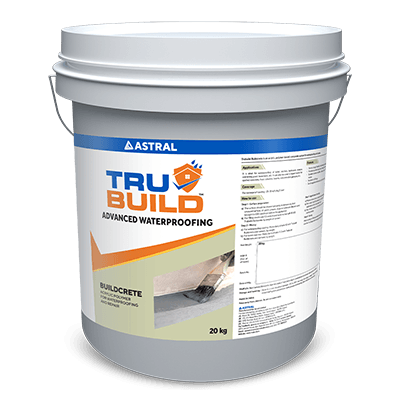
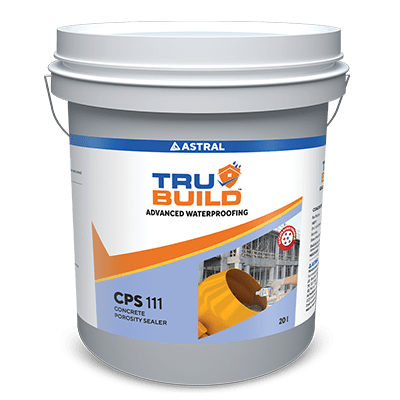
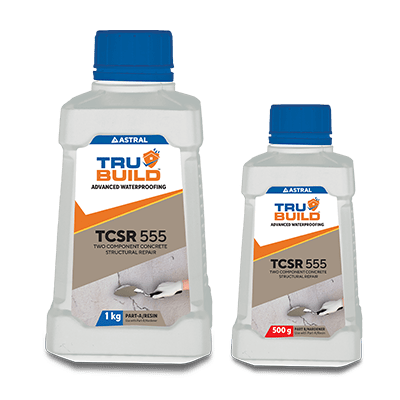
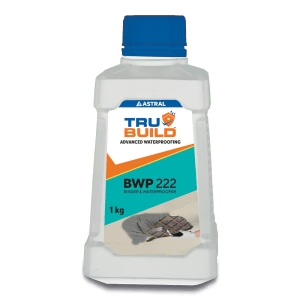
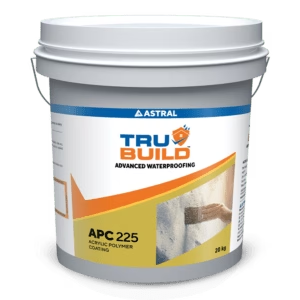
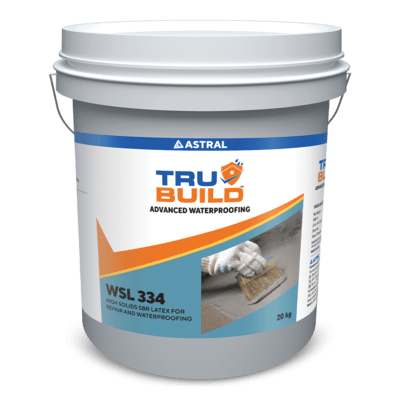
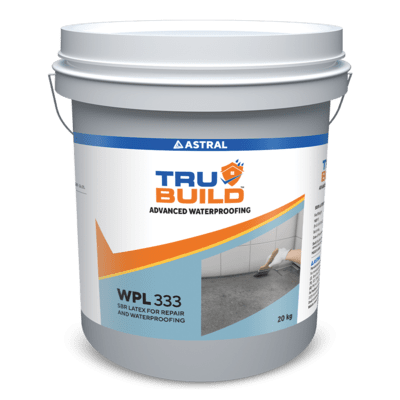
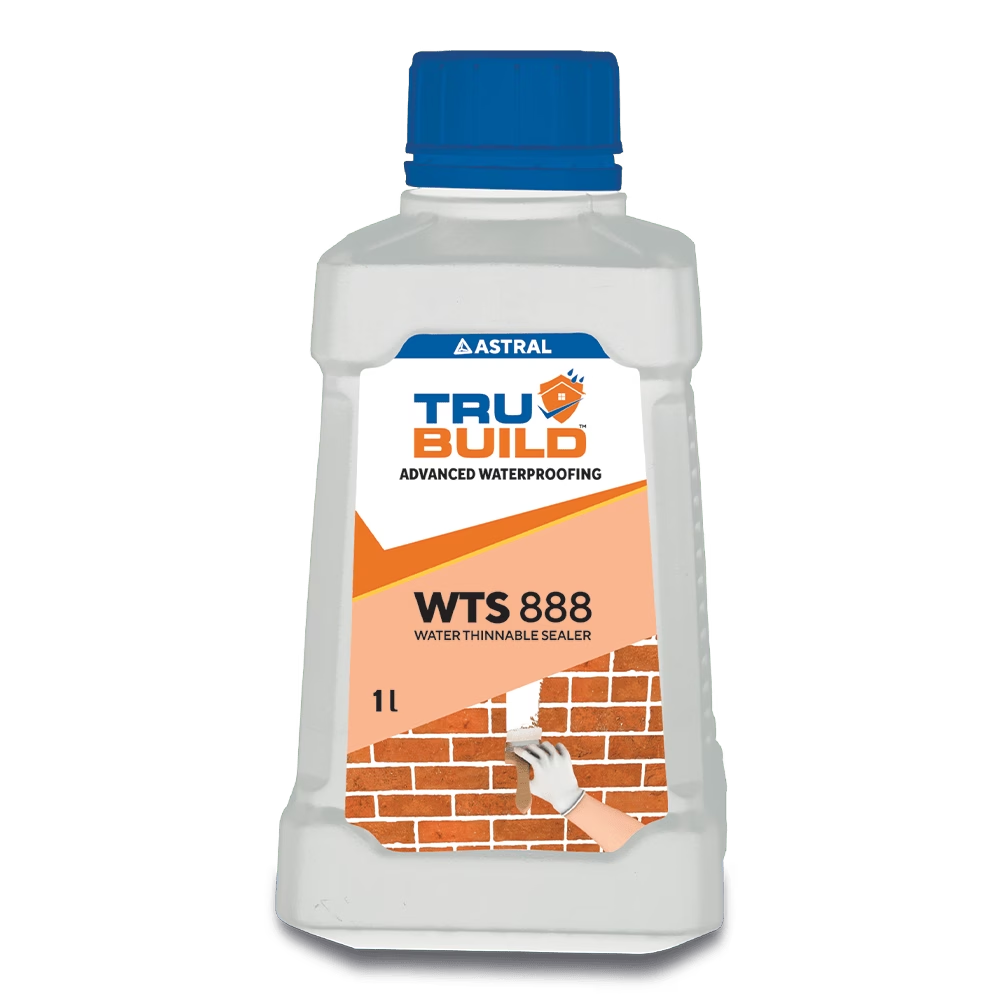
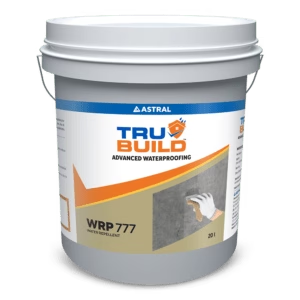
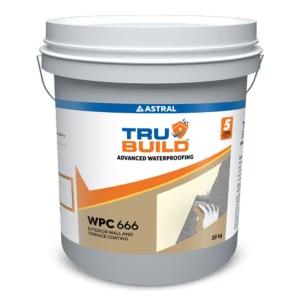
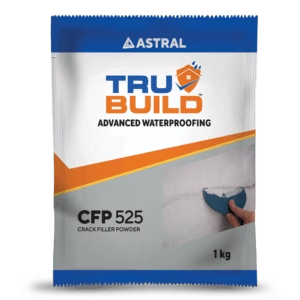
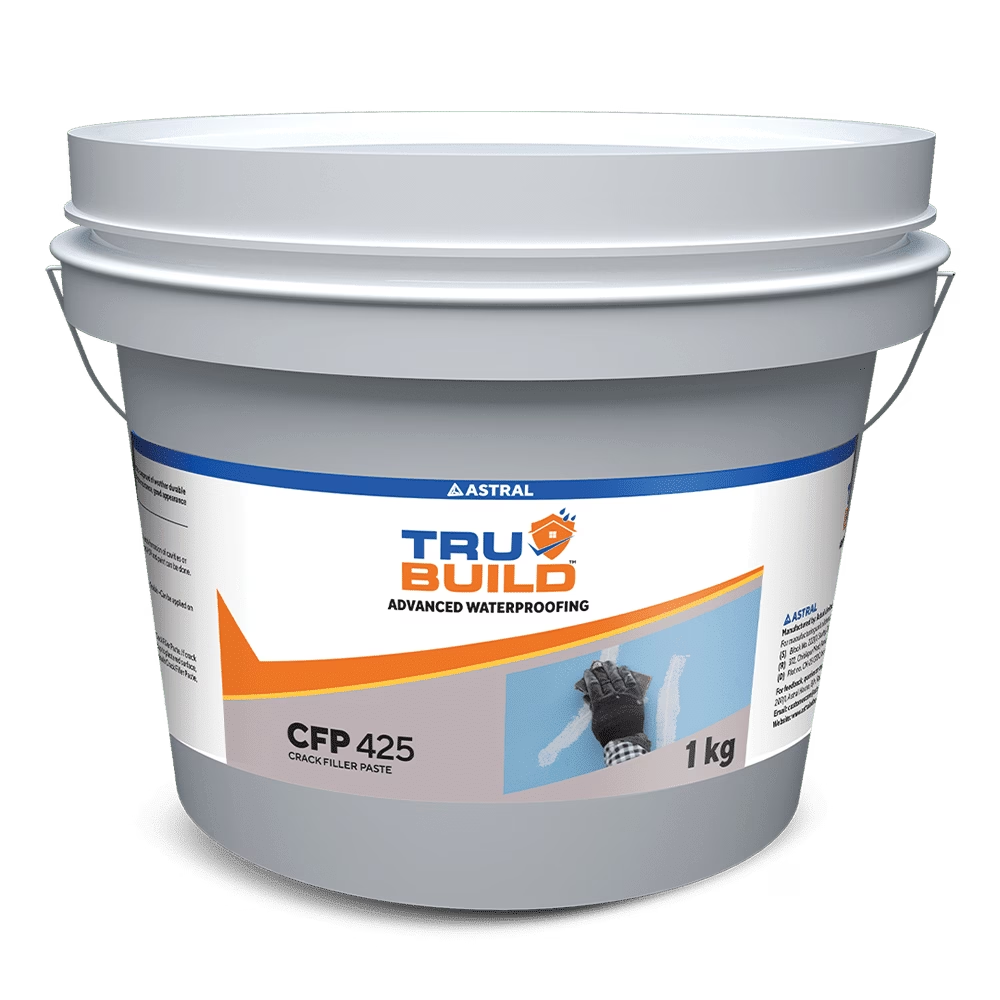
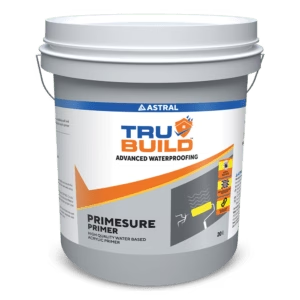
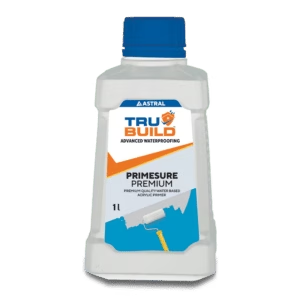
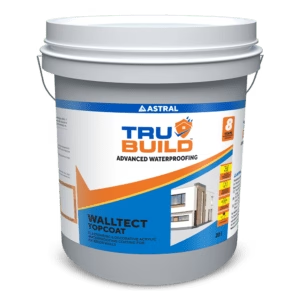
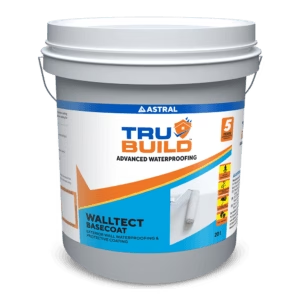
 Professional Sealants
Professional Sealants 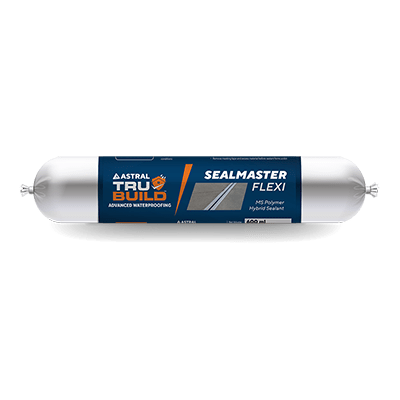
 Roof Waterproofing
Roof Waterproofing 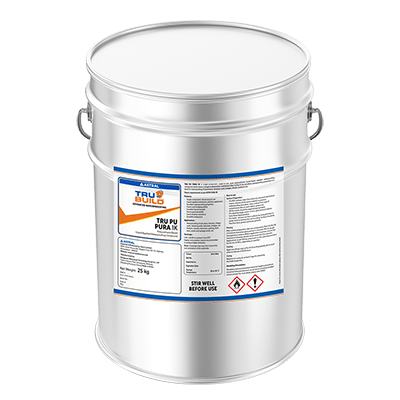
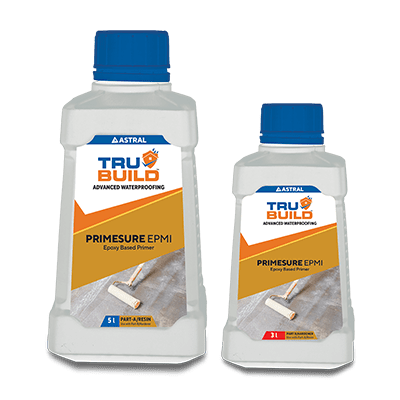
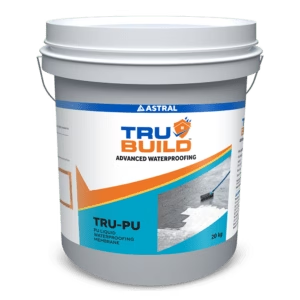


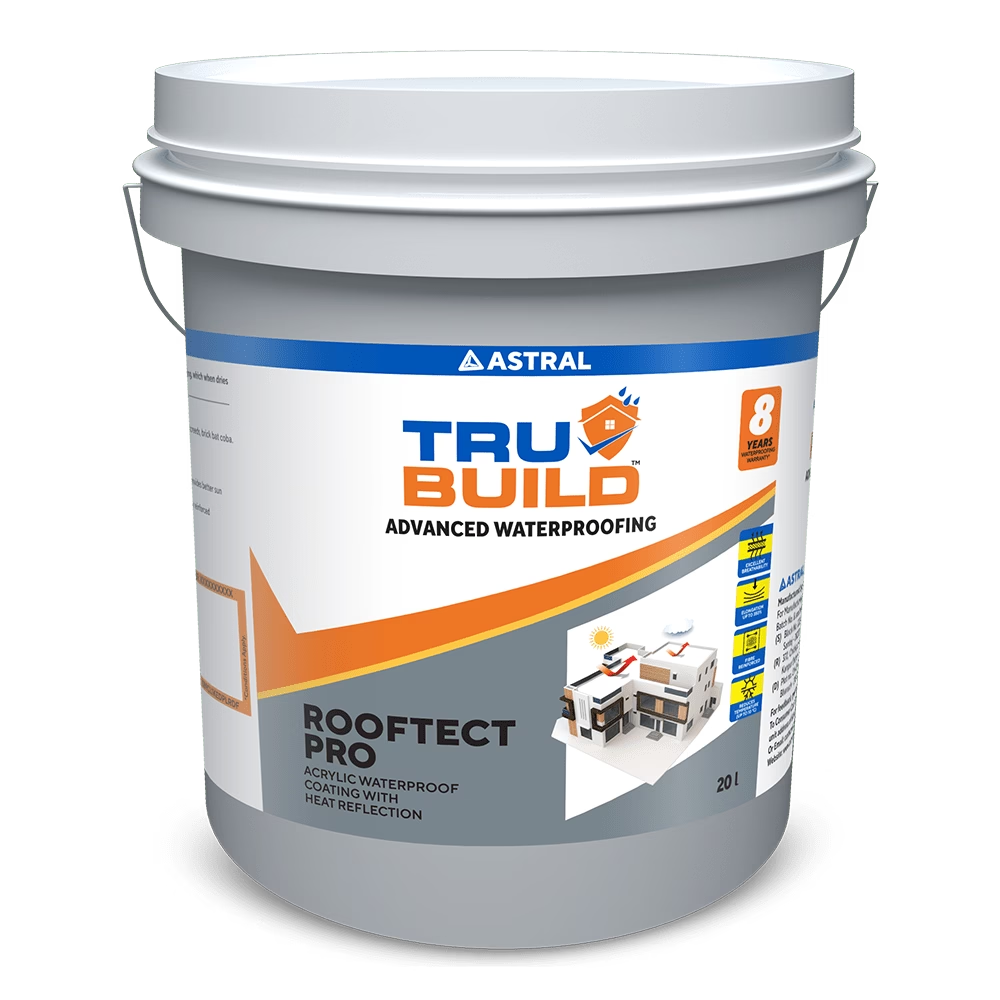
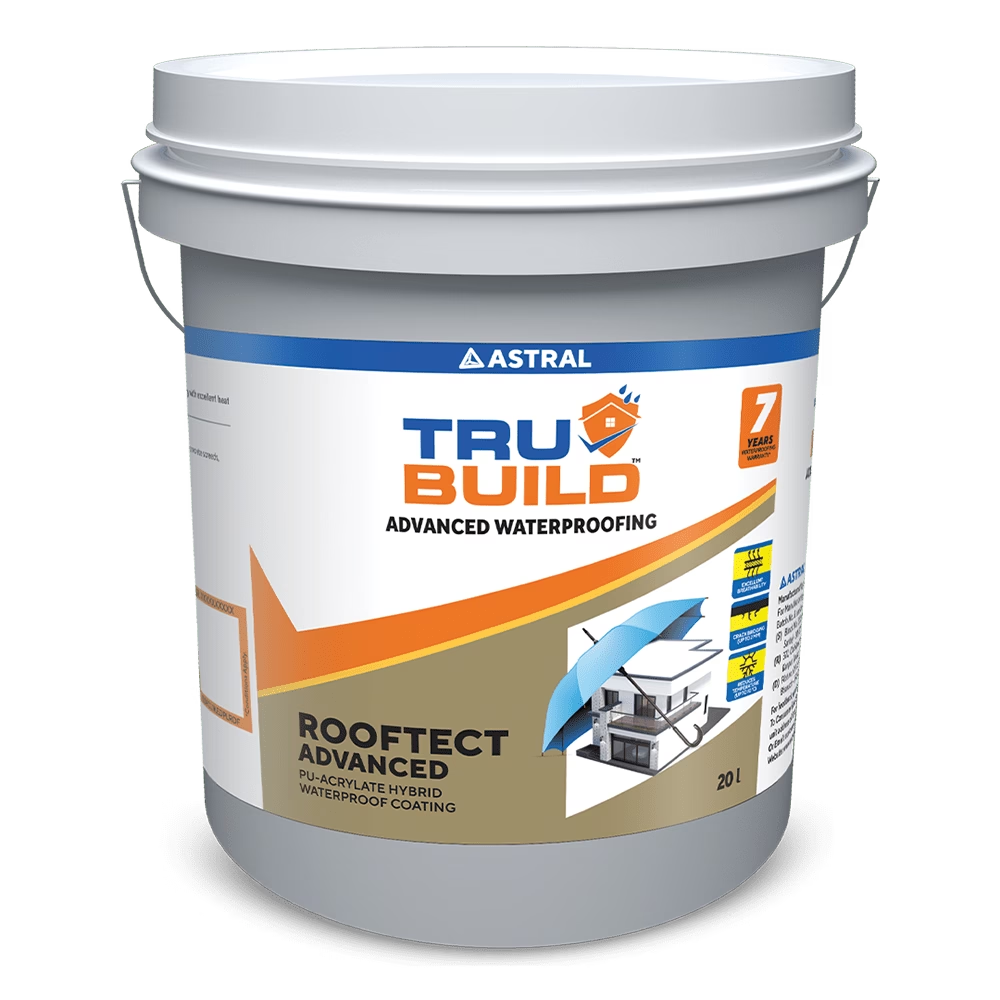
 Substructure Waterproofing
Substructure Waterproofing  Tiling and Grouting
Tiling and Grouting 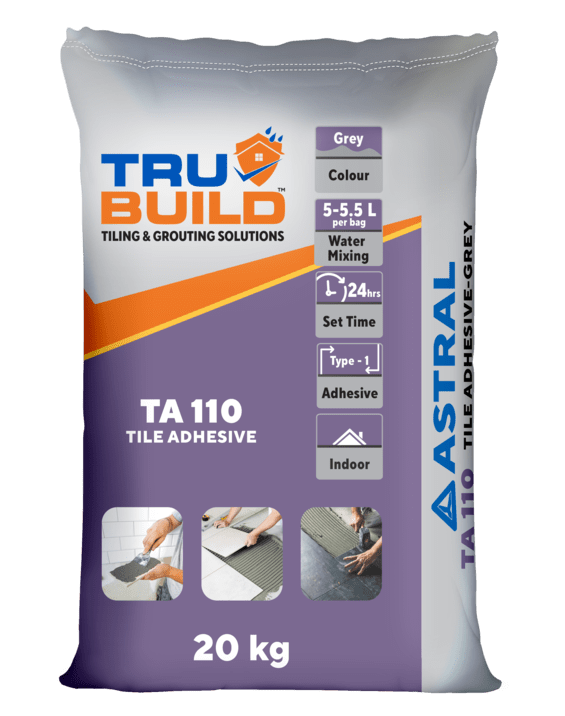
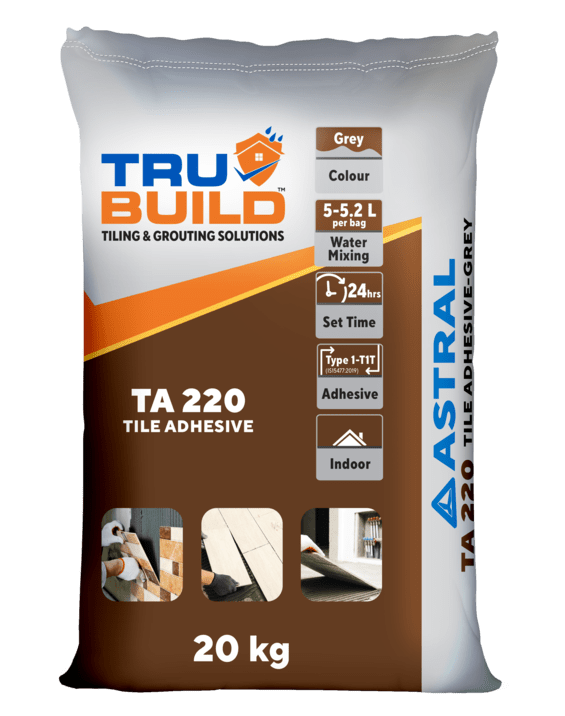

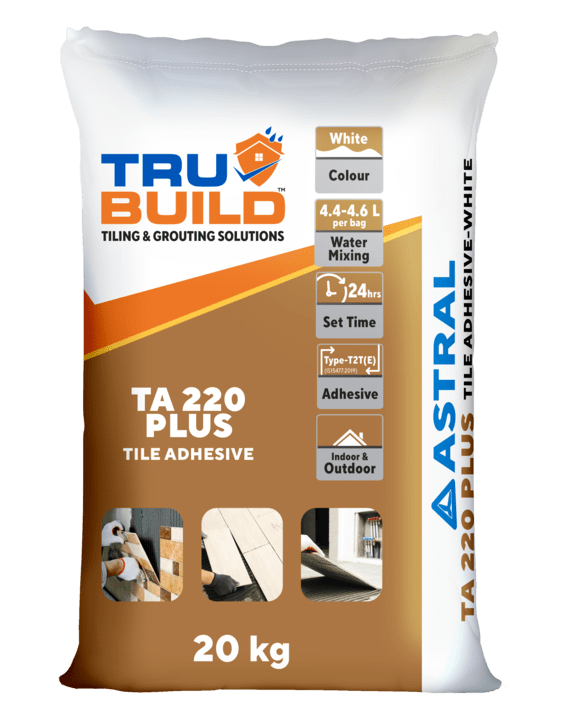
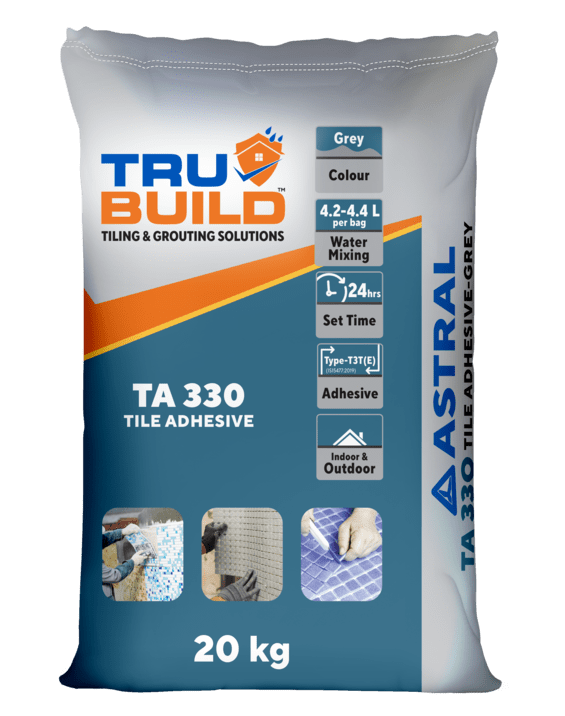
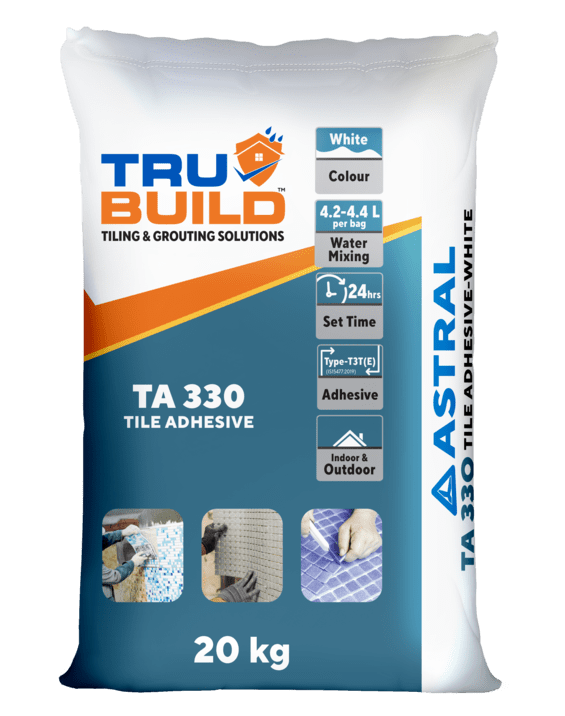
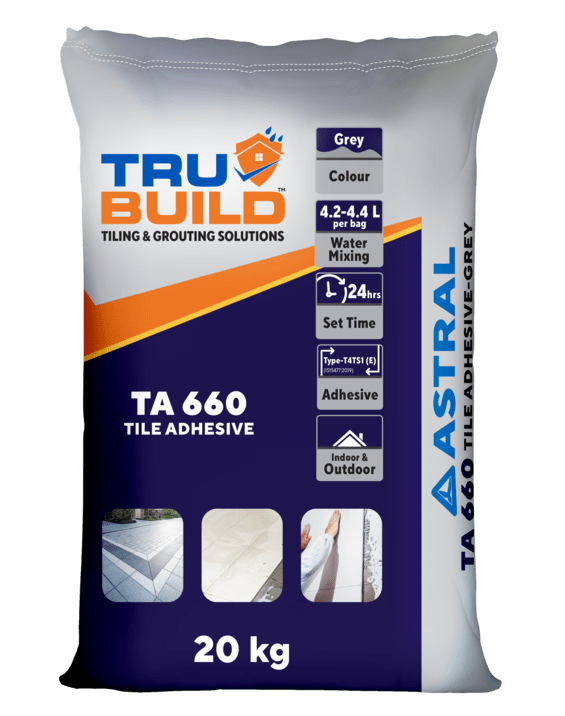
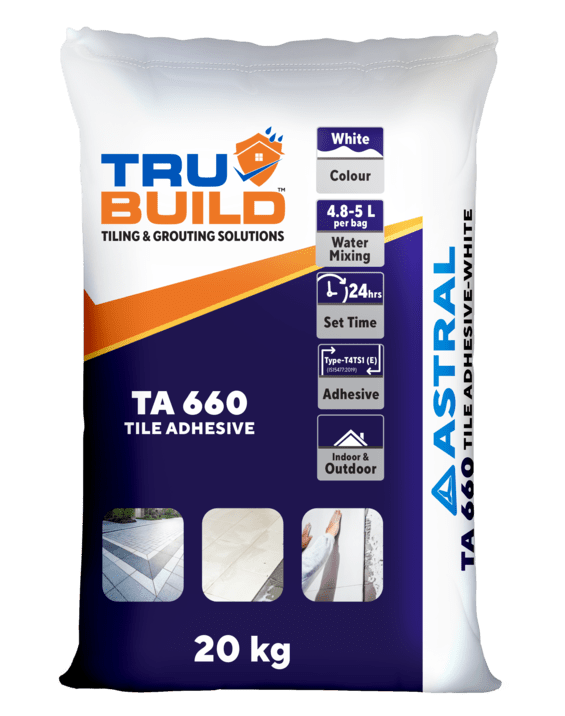
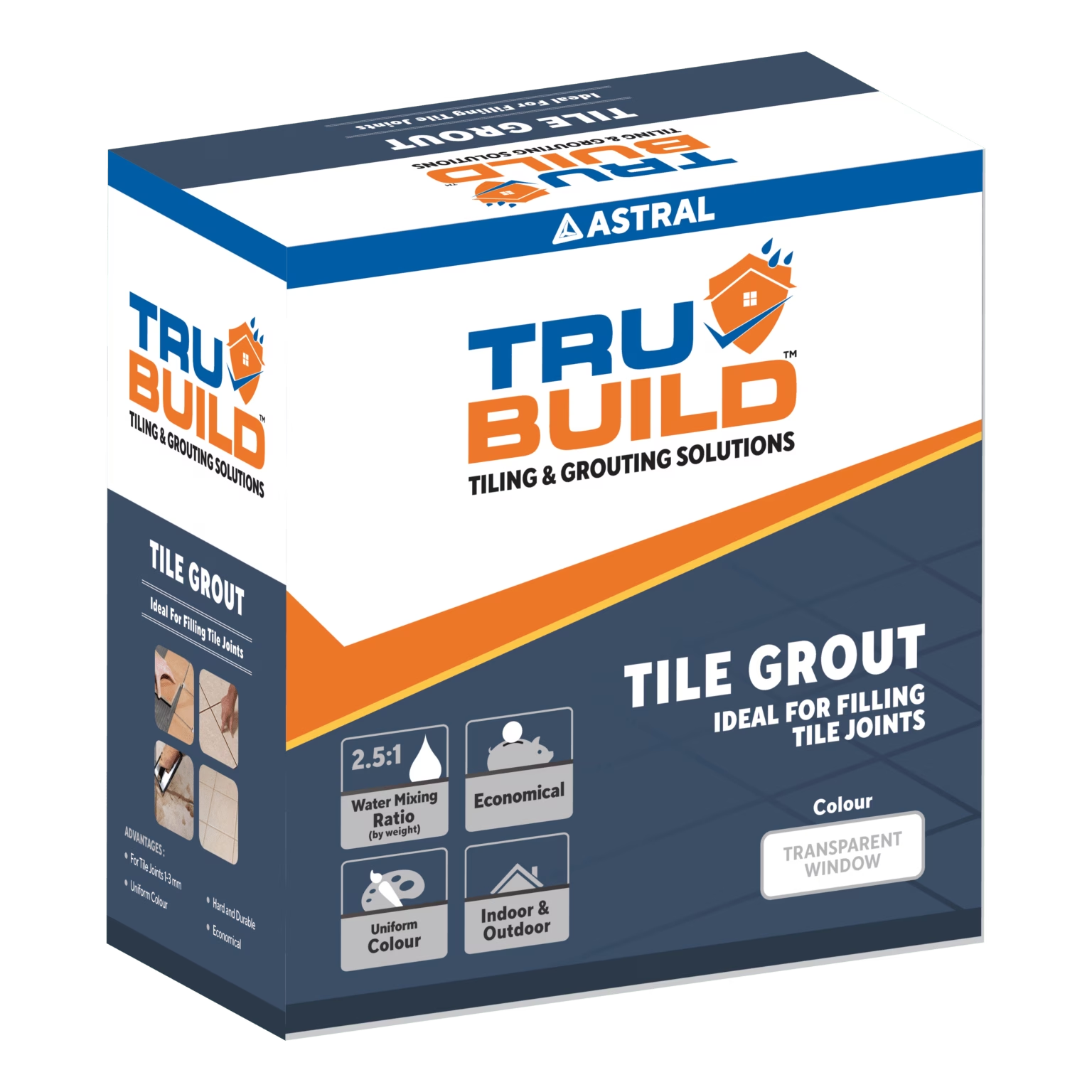
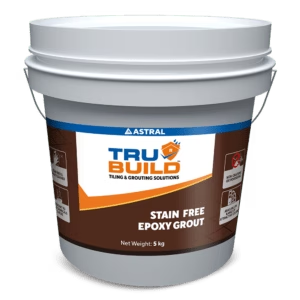

 Water Tanks and Other Areas
Water Tanks and Other Areas 